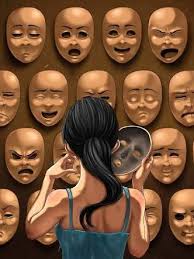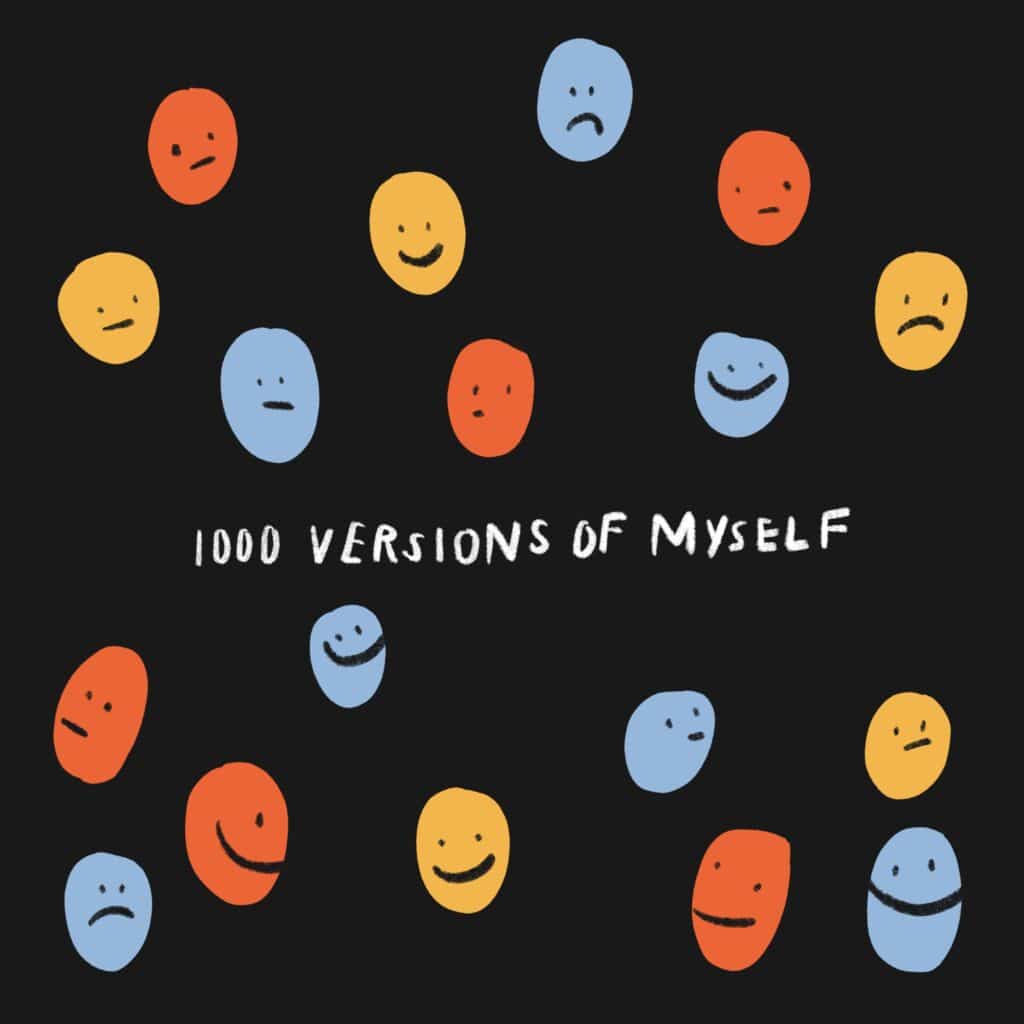
Think of the version of yourself that lives online. Every post, caption and story forms a specific part of your identity that you’ve chosen to carefully (or subconsciously) craft for others to see. Your digital identity is described by BeyondTrust as “a one-to-one relationship between a human and their digital presence”. This identity is constructed through online self-presentation, which involves the conscious choices we make about how to present ourselves online, including what we want to highlight or conceal. I will utilise Goffman’s theory of self-presentation to explore these intriguing themes.
Goffman argued that we perform roles in our daily lives to control how others perceive us, meaning the version your friends know you might not be the same “you” that your family or your romantic partner knows. In digital spaces, social platforms like TikTok and Instagram amplify this performance, where our profiles act as our “front stage”. By using theatre terms as a metaphor, Goffman was able to break down his theory more easily. He described the “backstage” as your private self that no one knows. For instance, I love reading comics, especially superhero comics like Marvel, but I rarely post online about that hobby of mine because it doesn’t fit the image my followers expect from me, and I’m aware of that.

While Goffman helps to explain why we might manage impressions online, his theory doesn’t account for how algorithms now influence how your identity is perceived. Social media platforms encourage the creation of a personal “brand”, which blurs the line between authenticity and performance. The algorithms tend to reward the polished version of yourself, and we know this because they push content from accounts with the most likes, followers, and comments. This stifles creativity and authenticity because it promotes the pressure of conforming to a standard that can’t be upheld.
As an influencer myself, I’ve found myself carefully curating my feed to showcase my best moments and achievements, which mirrors Goffman’s concept of the front stage. But behind the scenes, I have to do multiple retakes and edit the footage, which puts a mental and emotional strain that is rarely visible to my followers. By niching down to attract brand deals or more engagement, I’ve found that no matter how hard I try, there is no way for me to show every side of myself online, and I have to be okay with that.
In conclusion, I believe your digital identity is shaped by both the platform and your choices regarding how you want to be perceived. Goffman thought that your digital identity can never be truly authentic; it’s a performance shaped purely by expectations. So the question is… how much of your online self is really you?
REFERENCES:
- Goffman, E. (1959). The Presentation of Self in Everyday Life. New York: Anchor Books. (Accessed: 1 November 2025).
- Sabreen, H. (2023). Putting the Best Digital Self Forward in the Age of Social Media |Medium. Available at: https://medium.com/@haziqsabreen25/putting-the-best-digital-self-forward-in-the-age-of-social-media-d3dbec422b73 (Accessed: 1 November 2025).
- Crossman, A. (2020)The Presentation of Self in Everyday Life |ThoughtCo. Available at: https://www.thoughtco.com/the-presentation-of-self-in-everyday-life-3026754 (Accessed: 1 November 2025).
- Definition of Digital Identity | BeyondTrust. [online] Available at: https://www.beyondtrust.com/resources/glossary/digital-identity (Accessed: 1 November 2025).


Hi, I really enjoyed this piece. I appreciate the use of pictures to help understand the different versions of ourselves. This reflection insightfully connects Goffman’s theory to modern digital realities, especially the influence of algorithms and the pressures of self-branding. Your personal experience as an influencer adds authenticity and depth, illustrating how “front stage” performance plays out in real life.